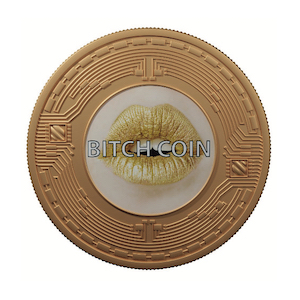Power: What you see? Is it what you get?
By Deeksha Sachan
We know that the eye senses the wavelength of light bounced by objects and surfaces and sees this as distinctive colours. Most light sources emit light at many different wavelengths; a source’s spectrum is a distribution giving its intensity at each wavelength. However, it has been ages since colour has been used to influence perceptions that are not obvious, such as the taste of food. Colour has always been a driving force in shaping feelings, not just taste but also space and surrounding through architecture. We subconsciously ignore the existence of such a domineering source.
Some phsycologists believe that a combination of red and yellow boosts hunger and stimulates to eat more, a potential reason behind the way food labels compose their boards. In food stores, bread is normally sold in packaging decorated or tinted with golden or brown tones to promote the idea of home baked and oven freshness. The power of colour’s phsycology cannot be denied, more so, because it departs meaning to life on earth. Without colour, everything will be blank. Although vision and the human brain has assisted in distinguishing colours and their joys, it is exciting to note what colours mean to us emotionally. We at .Cent, ourselves design our website pages with colour and radiance to be more inviting for our readers. However, how do we know the colours that exist today? Where have they originated?

David Coles is a trained artist from Bristol Art College, he did an apprenticeship at Cornelissen (Shop of Colours in London) has taught himself the art of paint making through trial and error at home. He worked on the 18th-century recipes: cooking, dissolving, synthesising raw materials and pigments and found them eternally fascinating. He travelled in the spirit of learning more about hand-making paints, mediums and grounds and ended up in founding one of the most respected artist’s oil paint company in Langridge, Australia.
The master-paint maker puts together the tale of serendipity, family legacy, chance meetings and tenacious pursuit of the alchemical transformation of dirt into colour, in his book – Chromatopia An Illustrated History of Colour. Coles writes in his book “After forty years working with colour. I am still amazed at its power to excite emotions. Whether it is the discovery of a pigment’s history or the electrifying sensation of seeing a new modern pigment for the first time, this excitement never leaves me.”
It is indeed fascinating to read about the colours we see daily. Where most people love a fresh blue calming interior, it was not perceived as such in the early ages. The ancient Greeks, in fact, used it as a value of darkness. Purple has always been linked to royalty and luxury, but that is due to the rarity of the Tyrion pigment, which eventually gave rise to that symbolism.
It is often difficult to remember the names of various hues and shades of colours today. But it is so intriguing to know that they were elements and things in ancient history. In the Middle Ages, Scarlet was a quality of fabric and Pink was a term used for lake pigments. Only later these words depict different hues of red.

Chromatopia brings you face to face with the old tales of dragons and beetles, alchemy and poisons, slaves and pirates. Spanning thousands of years, the story of an ordinary colour like Purple being so expensive that only the nobility could afford it. It is also portraying the power of technology and the evolution of humanity from natural pigment to glow in the dark paints.
“Our ingenuity in fashioning colour out of dirt led to the magnificence of medieval manuscripts, the art of the Renaissance, and the expressions of 20th century Modernism.” It is right in various ways; colour has come a long way as humans have evolved and used its essence as an influence. With the evolution of sciences and marketing, we have forgotten the originality and symbolism of colour. For 2000’s kids, red could represent Iron man or McDonald’s, but that is just because we slightly relate to them with a brand of interest and ignore the beauty of the pigment itself.






